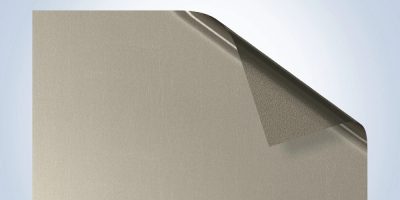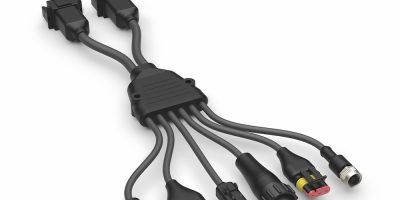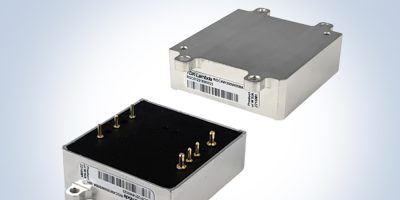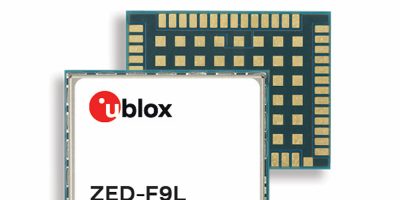Noise suppressing / magnetic sheets by TDK have high permeability and low magnetic loss for NFC (near field communication) applications. The IFQ06 thin magnetic sheets are flexible and can be easily formed to a desired shape, said the company.
The sheets are suitable for 13.56MHz NFC applications and protect the system from metal objects located directly behind coils.
The latest addition to the Flexield family of magnetic shielding materials, the IFQ06, has high permeability and low magnetic loss, said TDK and provides highly effective protection against performance-reducing design features that can complicate NFC designs, such as metal objects directly behind the antenna.
These hazards are becoming increasingly common as electronic devices evolve to be smaller and more multi-functional, making it increasingly difficult to keep advanced functionalities from interfering with each other. NFC uses electromagnetic induction where the antenna receiving a carrier wave from a reader / writer allows the on-board IC chip to perform signal processing.
Metal objects, in particular, can absorb or disturb the magnetic flux lines of the generated H field, creating eddy currents which reduce effective range. These disturbances can also shift the inductance value and self-resonance frequency, reducing performance because of tuning issues between the two antennas. In some cases, metal close to the antenna will carry an induced current that produces a countering magnetic field, shortening the communication distance and making communication impossible.
Placing the IFQ06 material between the antenna coil and any metal surface confines the magnetic flux within the magnetic shield generated by the reader / writer. As a result, the generation of an induced current on the metal surface is eliminated and optimum 13.56MHz communication conditions can be maintained.
TDK lists other benefits of the IFQ06 series as its ability to shape / direct the magnetic H field, influence the quality factor (Q) of the inductive antenna, increase the coupling factor (K) between two antennas, help set the inductance value (Ls) for resonant tuning, complete the magnetic field path and to improve security by encapsulating the magnetic field and its respective information.
TDK’s IFQ06 flexible magnetic sheet materials are offered in a choice of three formats: roll or sheet materials for prototyping, lower volumes or where large areas need to be covered and custom cut parts which exactly match design requirements for higher volume or automated assembly options.
Standard thicknesses available are 0.05, 0.1 and 0.2mm. Thicknesses of 0.065 and 0.075mm are available on request.
High surface resistivity is above 10 MOhm allowing for direct contact to metal antennas.
The material is available with an optional high temperature resin [IFQ06S] that supports applications up to +125 degrees C.







